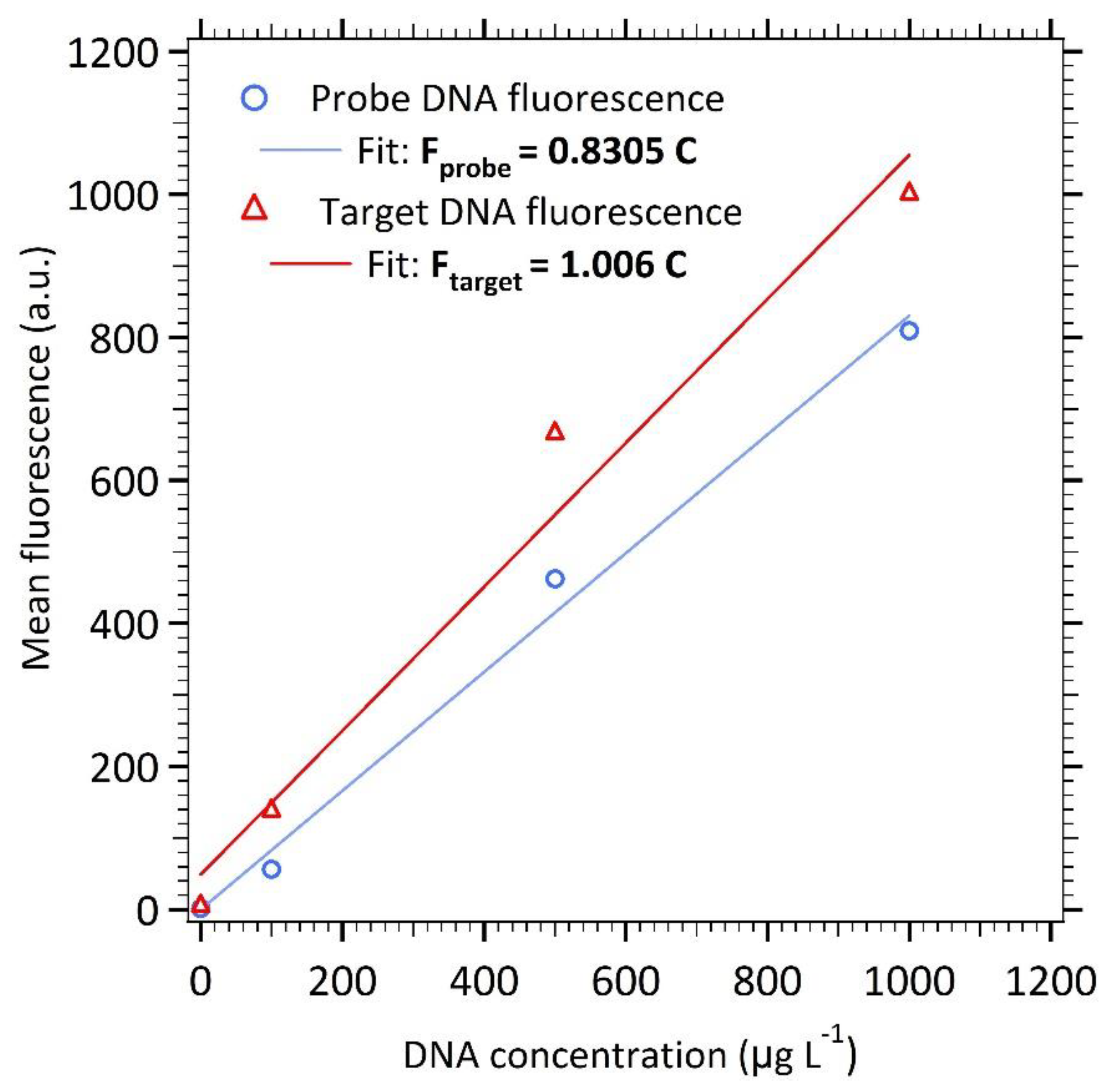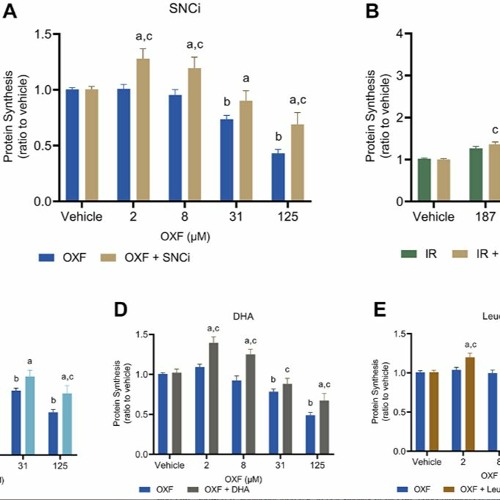

cfDNA analysis is widely used in various areas of cancer diagnostics and prognostics, as well as cancer drug resistance, and early screening.Ĭancer patients usually have a high level of cfDNA in their serum or plasma as a result of cellular necrosis or apoptosis, because tumor cells divide faster than normal cells, and cfDNAs are released in a high proportion ( Sorenson et al., 1994 Vasioukhin et al., 1994 Raja et al., 2018). The sensitivity of cfDNA analytic technologies has been greatly improved due to the advancement of molecular biology and next-generation sequencing (NGS) approaches. Therefore, considerable efforts have been made to explore the potential application of cfDNA in clinical cancer management. In Table 1, we summarized several cfDNA applications in different diseases. cfDNA analysis has attracted increasing attention because of its easy accessibility, noninvasive nature, and potential tumor specificity through quantitative detection or specific sequencing. New approaches with noninvasive procedure are urgently needed. However, many biomarker studies are based on analysis of tumor tissues that are obtained from invasive surgical procedures and may not be accessible in some cases.

et al., 2019), monitoring organ transplantation ( Lo et al., 1998 Gielis et al., 2015 Gala-Lopez et al., 2018 Sherwood and Weimer, 2018), and detecting immune diseases ( Zhang et al., 2014 Beranek et al., 2017 Dunaeva et al., 2018 Xu et al., 2018 Duvvuri and Lood, 2019), as well as cancers.Īnalysis of protein biomarkers and nucleic acids has become very popular for cancer diagnosis ( Huang et al., 2020), risk stratification, and molecular targeting therapeutics ( Zhang D. In recent years, a variety of technologies have emerged based on the analysis of cfDNA for noninvasive prenatal testing (NIPT) ( Lo et al., 1997, 2007 Hyett et al., 2005 Wong and Lo, 2015 Hudecova and Chiu, 2017 Bianchi and Chiu, 2018 Malan et al., 2018 Vivanti et al., 2019 Zhang J. Therefore, detection of cfDNA in peripheral blood could identify abnormalities of individuals in a noninvasive manner. However, in certain physiological or pathological conditions, such as pregnancy, organ transplantation, and cancers, the related/affected tissues could release additional DNA into peripheral circulation ( Leon et al., 1977 Lo et al., 1997, 1998). Previous studies indicated that most of the plasma cfDNA molecules originate from the hematopoietic system in healthy individuals ( Lui et al., 2002 Sun et al., 2015). cfDNA can be found in plasma ( Mandel and Metais, 1948) and other body fluids such as, cerebral spinal fluid (CSF) ( Rhodes et al., 1994), pleural fluid ( Sriram et al., 2012), urine ( Sidransky et al., 1991 Zhang et al., 1999), saliva ( Mithani et al., 2007 Wang et al., 2015), and others. It was first discovered by Mandel and Métais in 1948 ( Mandel and Metais, 1948). In this review article, we discuss the potential relevance of using cfDNA analysis in clinical oncology, particularly in cancer screening, early diagnosis, therapeutic evaluation, monitoring disease progression and determining disease prognosis.Ĭell-free DNA (cfDNA) is released from cells into the circulatory system throughout the body. The applications of cfDNA in various areas of cancer management are attracting attention. 6State Key Laboratory of Quality Research in Chinese Medicine, Institute of Chinese Medical Sciences, Avenida da Universidade, Taipa, ChinaĬell-free DNA (cfDNA) is easily accessible in peripheral blood and can be used as biomarkers for cancer diagnostics, prognostics, and therapeutics.5Research Centre for Applied Science and Technology, Tribhuvan University, Kirtipur, Nepal.


1School of Medicine, Shanxi Datong University, Datong, China.Yan-yan Yan 1,2 †, Qiao-ru Guo 2,3 †, Feng-hua Wang 4 †, Rameshwar Adhikari 5, Zhuang-yan Zhu 1, Hai-yan Zhang 1, Wen-min Zhou 2, Hua Yu 6 *, Jing-quan Li 3 * and Jian-ye Zhang 1,2,3 *


 0 kommentar(er)
0 kommentar(er)
